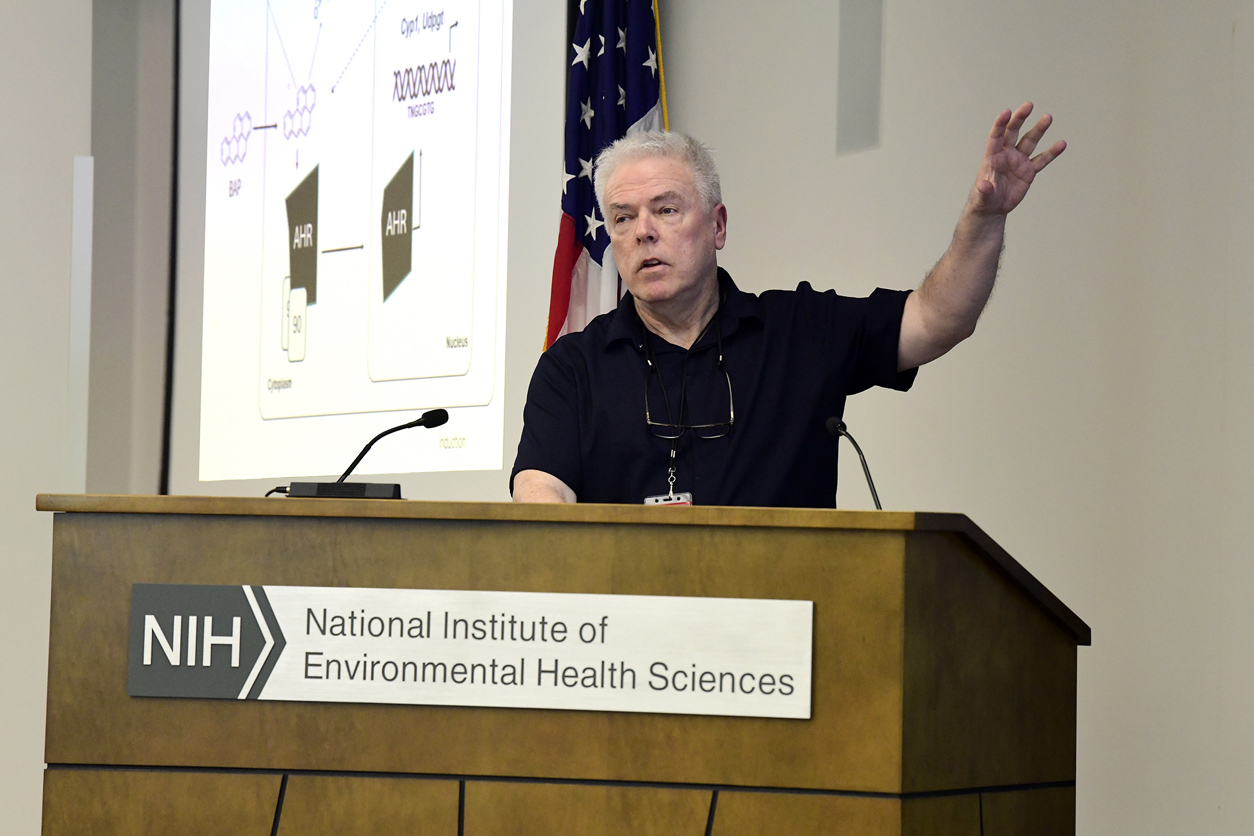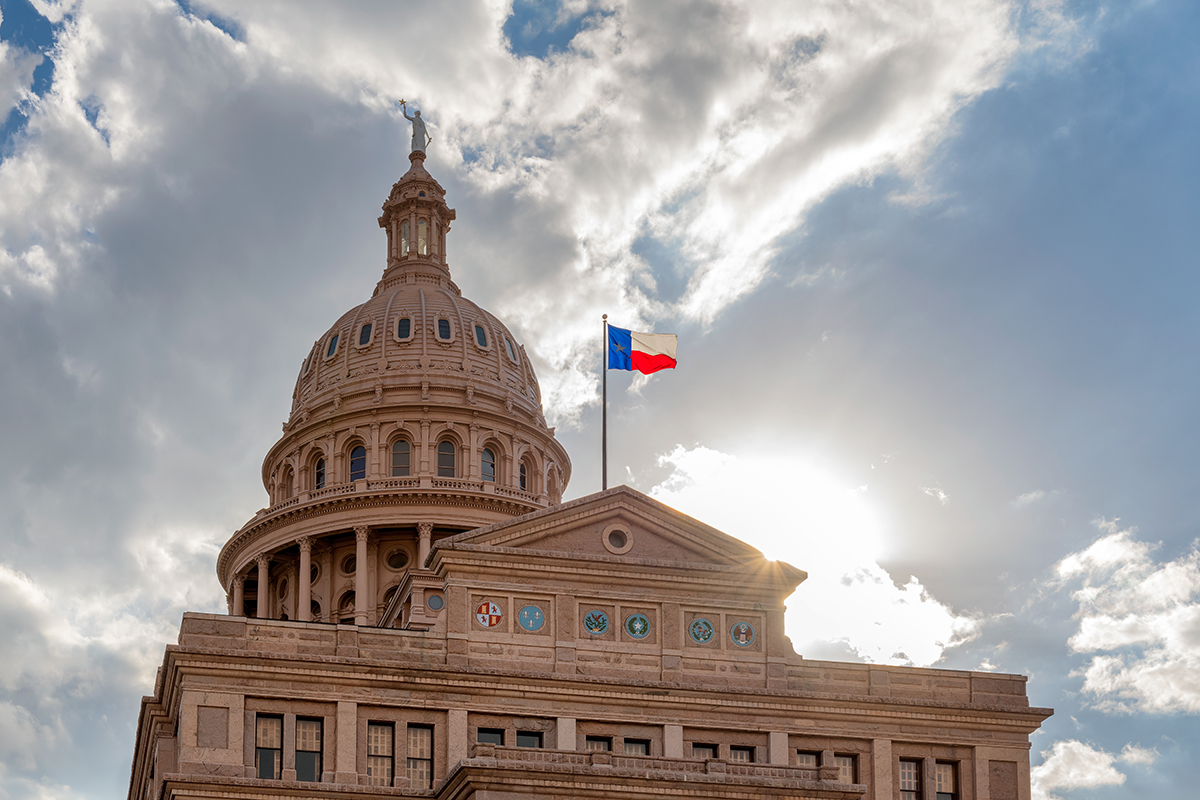EPA official proposes concerning policy to allow corporations to use hazardous chemicals in US: ‘Would disrupt multiyear planning’ – Yahoo

Report on Proposed Revisions to Hydrofluorocarbon (HFC) Regulations and Implications for Sustainable Development Goals
1.0 Introduction: The Role of HFCs in Climate Change
Hydrofluorocarbons (HFCs) are a category of potent greenhouse gases, classified as “super pollutants,” with a significant impact on global warming. Their regulation is critical for achieving global climate targets, particularly the United Nations Sustainable Development Goal 13 (Climate Action).
- High Global Warming Potential (GWP): According to the Environmental Protection Agency (EPA), HFCs can have a climate impact hundreds to thousands of times greater than an equivalent amount of carbon dioxide.
- Common Applications: HFCs are widely used as refrigerants in essential systems, including refrigerators and Heating, Ventilation, and Air Conditioning (HVAC) units.
- Impact on SDG 13: The continued emission of HFCs directly undermines efforts to combat climate change and its impacts, a core objective of SDG 13. The warming climate, exacerbated by such pollutants, leads to more frequent and extreme weather events, threatening communities and ecosystems globally.
2.0 Regulatory Background and Proposed Amendments
The United States has established a legislative framework to manage the phasedown of HFCs, aligning with international efforts and supporting national contributions to the SDGs. However, recent proposals seek to amend the established timeline.
- American Innovation and Manufacturing (AIM) Act (2020): This bipartisan legislation authorized the EPA to phase out the production and consumption of specific HFCs, fostering a transition toward next-generation technologies. This act supports SDG 9 (Industry, Innovation, and Infrastructure) by encouraging innovation in sustainable technologies.
- 2023 Technology Transitions Rule: The Biden administration finalized restrictions based on the AIM Act, setting a clear schedule for the phasedown.
- September 2025 Proposal: The EPA has proposed a reform to the 2023 rule, suggesting an extension of compliance deadlines for HFC use in several subsectors, including residential air conditioning, semiconductor manufacturing, and retail food refrigeration. For example, the GWP threshold for cold storage warehouses would be raised from 150 or 300 to 700, with further adjustments delayed until 2032.
3.0 Analysis of Impacts on Sustainable Development Goals
The proposed extension of HFC compliance deadlines presents significant challenges to the achievement of multiple SDGs. The decision reflects a conflict between short-term economic considerations and long-term environmental and social sustainability.
- SDG 13 (Climate Action): A delay in the HFC phasedown directly compromises climate mitigation efforts. Extending the use of these super pollutants will increase greenhouse gas concentrations, making it more difficult to limit global temperature rise.
- SDG 9 (Industry, Innovation, and Infrastructure): U.S. manufacturers have made substantial multi-year investments in research, retooling production lines, and building supply chains for HFC-free technologies. Altering the regulatory schedule disrupts this planning, potentially penalizing early adopters of sustainable innovation and ceding a competitive advantage to foreign competitors.
- SDG 12 (Responsible Consumption and Production): The original phasedown schedule is a key policy driver for ensuring sustainable consumption and production patterns. The proposed delay weakens this driver, slowing the market transition to environmentally sound technologies.
- SDG 7 (Affordable and Clean Energy): The transition to HFC-free appliances is often linked with increased energy efficiency. Delaying the transition may also slow the adoption of more energy-efficient equipment, hindering progress toward SDG 7 targets and preventing consumers from realizing potential savings on energy costs.
- SDG 11 (Sustainable Cities and Communities): By contributing to climate change, HFCs indirectly increase the risk of climate-related disasters such as floods, heat waves, and wildfires, which threaten the safety and resilience of communities.
4.0 Stakeholder Response and Economic Considerations
The proposal has elicited varied responses from government bodies and industry stakeholders, highlighting different priorities.
4.1 Government Rationale
The EPA stated the proposal aims to ensure Americans have access to affordable refrigerants, particularly during periods of high demand, without compromising the overall responsibilities of the AIM Act.
4.2 Industry Opposition
The Air-Conditioning, Heating, and Refrigeration Institute (AHRI), representing approximately 90% of equipment manufacturers in North America, issued a statement opposing the proposed changes. Key concerns include:
- Disruption of Investment: The changes would disrupt significant investments already made by U.S. companies based on the current schedule.
- Loss of Competitiveness: American manufacturers could lose their competitive edge against foreign companies that may not have invested in next-generation technologies.
- Consumer Costs: AHRI argues that staying on the original schedule lowers long-term costs, supports investment recovery, and ensures the availability of affordable, energy-efficient equipment for consumers.
5.0 Conclusion and Path Forward
The EPA’s proposal to extend compliance deadlines for the HFC phasedown creates a critical juncture for U.S. climate policy and its commitment to the Sustainable Development Goals. While intended to address affordability concerns, the delay poses a substantial risk to climate action (SDG 13) and undermines progress in sustainable industry and innovation (SDG 9). Industry stakeholders have indicated that maintaining the established timeline is crucial for economic stability, investment recovery, and global competitiveness. The period for public comment on the proposal is open through November 17, providing an opportunity for further stakeholder input on this critical decision.
Analysis of Sustainable Development Goals in the Article
-
Which SDGs are addressed or connected to the issues highlighted in the article?
- SDG 13: Climate Action: The article’s central theme is the regulation of hydrofluorocarbons (HFCs), which are described as “super pollutants” with a warming effect “hundreds to thousands of times greater” than carbon dioxide. The entire discussion about phasing out HFCs is a direct measure to combat climate change.
- SDG 9: Industry, Innovation, and Infrastructure: The article discusses the impact of HFC regulations on industries like residential air conditioning, semiconductor manufacturing, and refrigeration. It mentions how American companies have made multi-year plans, invested in new technologies, “retooled production, certified new equipment, and built supply chains” to transition away from HFCs. This relates to upgrading industries and adopting clean technologies.
- SDG 12: Responsible Consumption and Production: The article focuses on the policy to “phase out production and consumption of select HFCs.” This aligns with the goal of achieving environmentally sound management of chemicals and reducing their release into the atmosphere. It also encourages consumers to choose “HFC-free appliances.”
- SDG 7: Affordable and Clean Energy: The article mentions the benefit of transitioning to new technologies, noting that it ensures “affordable, energy-efficient equipment for consumers.” It also suggests that choosing “energy-efficient, HFC-free appliances” can “drastically lower” electricity bills, which directly relates to improving energy efficiency.
-
What specific targets under those SDGs can be identified based on the article’s content?
- Target 13.2: Integrate climate change measures into national policies, strategies and planning. The article explicitly discusses the “American Innovation and Manufacturing Act” and the “2023 Technology Transitions Rule,” which are national policies enacted by the EPA to phase out HFCs and mitigate their climate impact.
- Target 9.4: By 2030, upgrade infrastructure and retrofit industries to make them sustainable, with increased resource-use efficiency and greater adoption of clean and environmentally sound technologies and processes. The article details the industry’s efforts to “support the transition to next-gen technologies” and how manufacturers have “retooled production” and “certified new equipment” based on the HFC phase-out schedule.
- Target 12.4: By 2020, achieve the environmentally sound management of chemicals and all wastes throughout their life cycle… and significantly reduce their release to air… to minimize their adverse impacts on… the environment. The policy to phase out the production and consumption of HFCs, which are potent chemical pollutants, is a direct action toward this target.
- Target 7.3: By 2030, double the global rate of improvement in energy efficiency. The article highlights the availability of “energy-efficient equipment for consumers” as a positive outcome of the transition and points to EnergyStar as a resource for choosing appliances that “drastically lower” electricity bills, thus promoting energy efficiency.
-
Are there any indicators mentioned or implied in the article that can be used to measure progress towards the identified targets?
- Indicator for Target 13.2: The existence and implementation of national legislation and regulations on climate change. The article names specific policies: the “American Innovation and Manufacturing Act” and the EPA’s “2023 Technology Transitions Rule” restricting HFCs.
- Indicator for Target 9.4: Investment in new, clean technologies and the retooling of industrial processes. The article implies this through the statement from the Air-Conditioning, Heating, and Refrigeration Institute (AHRI) about “multi-year planning and investment by U.S. manufacturers” and how companies have “already retooled production.”
- Indicator for Target 12.4: Reduction in the release of harmful chemicals. The article provides a specific metric used in the regulation: the “global warming potential” (GWP) threshold. It mentions the proposed change for cold storage warehouses from a GWP of “150 or 300” to “700,” which is a direct, quantifiable indicator of the chemical’s environmental impact.
- Indicator for Target 7.3: Improvement in energy efficiency. The article implies this through the promotion of “EnergyStar” certified appliances and the outcome of “lower electricity bills” for consumers who adopt this energy-efficient equipment.
SDGs, Targets, and Indicators Table
| SDGs | Targets | Indicators |
|---|---|---|
| SDG 13: Climate Action | 13.2: Integrate climate change measures into national policies, strategies and planning. | Implementation of national policies such as the “American Innovation and Manufacturing Act” and the “2023 Technology Transitions Rule” to phase out HFCs. |
| SDG 9: Industry, Innovation, and Infrastructure | 9.4: Upgrade infrastructure and retrofit industries for sustainability and adoption of clean technologies. | Investment by manufacturers in next-gen technologies, retooling of production lines, and certification of new, compliant equipment. |
| SDG 12: Responsible Consumption and Production | 12.4: Achieve environmentally sound management of chemicals and reduce their release to air. | Regulation of chemicals based on “global warming potential” (GWP) thresholds (e.g., 150, 300, 700) to control the phase-out of HFCs. |
| SDG 7: Affordable and Clean Energy | 7.3: Double the global rate of improvement in energy efficiency. | Adoption of “EnergyStar” certified, energy-efficient appliances, leading to lower electricity bills for consumers. |
Source: yahoo.com

What is Your Reaction?
 Like
0
Like
0
 Dislike
0
Dislike
0
 Love
0
Love
0
 Funny
0
Funny
0
 Angry
0
Angry
0
 Sad
0
Sad
0
 Wow
0
Wow
0
















































/environment-climate-change-and-health-(ech)/water-sanitation-hygiene-and-health-(wsh)/landfill-tuvalu-36092.tmb-1200v.jpg?sfvrsn=5c21fe40_1#)

.jpg.webp?itok=0ZsAnae9#)
























